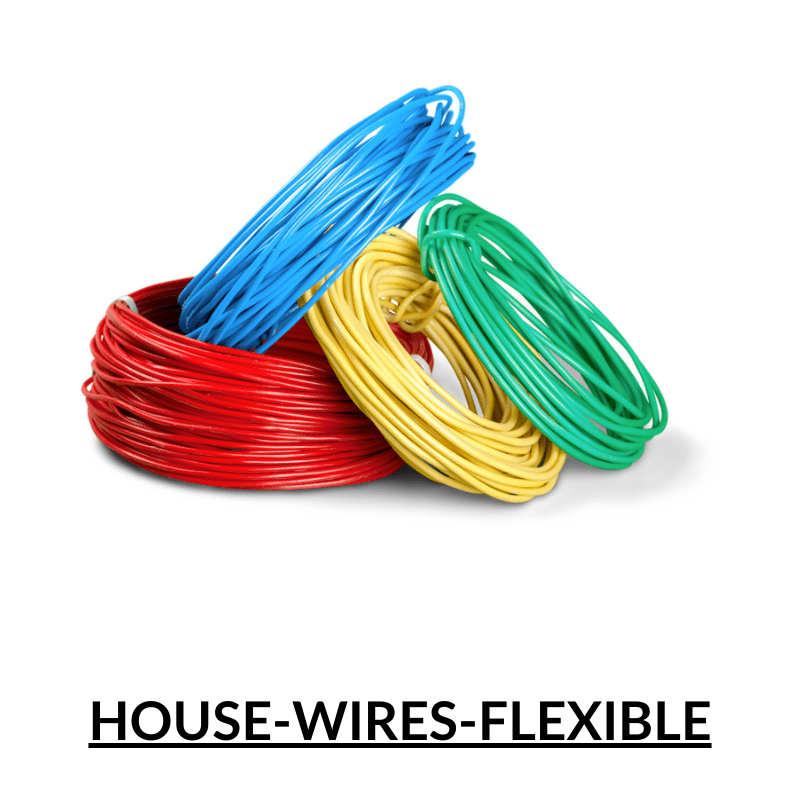Submersible-co-axial-cables
Submersible coaxial cables are commonly used in a variety of underwater applications, including marine communications, offshore oil and gas exploration, underwater sensing and monitoring, and underwater robotics. These cables are designed to withstand the harsh conditions of underwater environments, including high pressure, saltwater, and extreme temperatures.
Submersible coaxial cables are specialized cables designed to be used in underwater environments. These cables consist of two conductors, an inner conductor and an outer conductor, separated by an insulating layer.



Submersible co-axial cables are specialized cables that are designed to be used in underwater environments. They are typically used in applications such as offshore oil and gas drilling, subsea communications, and oceanographic research.
- Offshore oil and gas drilling: Submersible co-axial cables are used to transmit data and power to subsea equipment such as oil and gas drilling rigs, underwater pumps, and ROVs (Remotely Operated Vehicles). These cables are designed to withstand the harsh conditions of the ocean floor, including high pressure, extreme temperatures, and corrosive saltwater.
- Subsea communications: Submersible co-axial cables are used to transmit data, video, and audio signals between underwater equipment and surface vessels or land-based facilities. They are used in applications such as underwater cameras, hydrophones, and sensors.
- Oceanographic research: Submersible co-axial cables are used in oceanographic research to collect data on ocean conditions, currents, and marine life. They are used in applications such as buoys, underwater sensors, and subsea observatories.
- Underwater robotics: Submersible co-axial cables are used to power and control underwater robots, such as ROVs and AUVs (Autonomous Underwater Vehicles). These cables allow the robots to transmit data and video back to their operators on the surface.
Submersible co-axial cables typically have a copper conductor, which is surrounded by a layer of insulation. The insulation is designed to protect the conductor from the surrounding water and other environmental factors.
Insulation is an important component of submersible co-axial cables as it protects the conductor from the surrounding water and other environmental factors. The insulation used in submersible co-axial cables is typically made of a special type of polymer that is resistant to water, chemicals, and UV radiation.
Explore Our Copper Products
Explore Our Wire & Cables
Submersible-co-axial-cables
Submersible coaxial cables are commonly used in a variety of underwater applications, including marine communications, offshore oil and gas exploration, underwater sensing and monitoring, and underwater robotics. These cables are designed to withstand the harsh conditions of underwater environments, including high pressure, saltwater, and extreme temperatures.
Submersible coaxial cables are specialized cables designed to be used in underwater environments. These cables consist of two conductors, an inner conductor and an outer conductor, separated by an insulating layer.
Features
Applications
- Offshore oil and gas drilling: Submersible co-axial cables are used to transmit data and power to subsea equipment such as oil and gas drilling rigs, underwater pumps, and ROVs (Remotely Operated Vehicles). These cables are designed to withstand the harsh conditions of the ocean floor, including high pressure, extreme temperatures, and corrosive saltwater.
- Subsea communications: Submersible co-axial cables are used to transmit data, video, and audio signals between underwater equipment and surface vessels or land-based facilities. They are used in applications such as underwater cameras, hydrophones, and sensors.
- Oceanographic research: Submersible co-axial cables are used in oceanographic research to collect data on ocean conditions, currents, and marine life. They are used in applications such as buoys, underwater sensors, and subsea observatories.
- Underwater robotics: Submersible co-axial cables are used to power and control underwater robots, such as ROVs and AUVs (Autonomous Underwater Vehicles). These cables allow the robots to transmit data and video back to their operators on the surface.


















